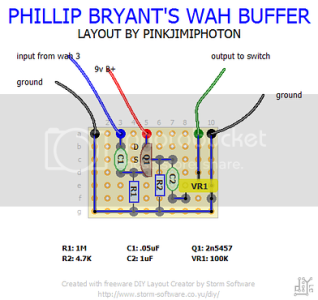Hi there.
i have these pedals:
Fulltone Clyde wah
AC128 fuzz face
and a Line6 G50 wireless system.
1. When using my fuzz face after my wah i can’t really hear the wah doing what it has to do. Even when i’m using a guitar cable it isn’t really good. (Before wah is no option!) when using guitar > cable > wah > fuzz> amp… the wah is still not doing what it has to do. You can’t really hear the wah..
2. when i’m using my G50 wireless system and i want to dial back to cleans using guitar volume(using the fuzz face) it doesn’t do that.. when using a cable no problems. I thought the G50 had no problems with fuzzes?
anyone can help me with this?
thanks
marco
i have these pedals:
Fulltone Clyde wah
AC128 fuzz face
and a Line6 G50 wireless system.
1. When using my fuzz face after my wah i can’t really hear the wah doing what it has to do. Even when i’m using a guitar cable it isn’t really good. (Before wah is no option!) when using guitar > cable > wah > fuzz> amp… the wah is still not doing what it has to do. You can’t really hear the wah..
2. when i’m using my G50 wireless system and i want to dial back to cleans using guitar volume(using the fuzz face) it doesn’t do that.. when using a cable no problems. I thought the G50 had no problems with fuzzes?
anyone can help me with this?
thanks
marco
Last edited:

